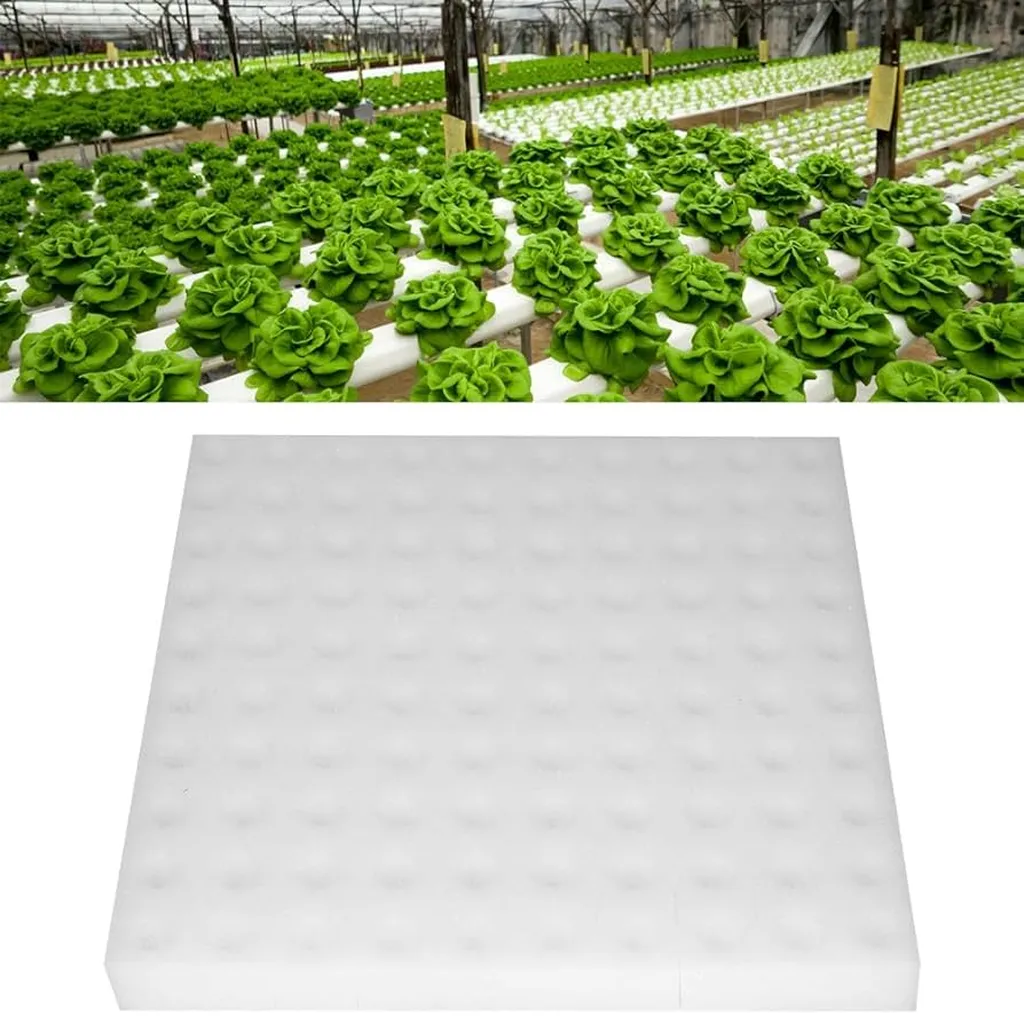In the rapidly evolving world of soilless agriculture, researchers are continually seeking innovative solutions to optimize crop growth and yield. A recent study published in *Frontiers in Plant Science* (translated from the original title in Frontiers in Horticulture) has shed light on the potential of polyurethane foam (PUF) as a versatile and effective growing media, offering a promising alternative to traditional mineral wool.
The study, led by Harry C. Wright from the School of Mathematical and Physical Sciences at the University of Sheffield, explores the physical properties of PUF and their impact on plant growth in hydroponic systems. Wright and his team examined ten distinct PUF formulations, each with unique physical characteristics, to determine their suitability for various crops and cultivation techniques.
“Our goal was to understand how different physical properties of PUF affect plant growth and to identify formulations that could outperform traditional growing media like mineral wool,” Wright explained. The researchers conducted germination and growth trials using lettuce, tomato, and pak choi, and also investigated the media’s influence on disease susceptibility by inoculating tomato plants with Pythium spp.
The results were promising. Four PUF formulations were initially deemed unsuitable, but the remaining six performed comparably to mineral wool in small-scale growth trials. Notably, two PUF formulations surpassed mineral wool in vegetative growth for tomato plants, while two others matched mineral wool in lettuce yield in Nutrient Film Technique (NFT) trials. Although pak choi plants in foam displayed slightly lower yields, the differences were not significant. Additionally, all foam samples suppressed Pythium inoculation, suggesting potential disease-suppressing properties that warrant further investigation.
The study highlights the importance of optimizing the physical properties of growing media according to specific crops and hydroponic techniques. “By tailoring the physical properties of PUF, we can develop growing media that maximize yields and cater to the unique needs of different crops and systems,” Wright noted.
The commercial implications of this research are substantial. As the demand for soilless growing media continues to rise, the development of versatile and high-performing alternatives like PUF can drive innovation in the hydroponic industry. Farmers and growers can benefit from increased crop yields and reduced disease susceptibility, ultimately leading to more sustainable and profitable agricultural practices.
This research not only advances our understanding of soilless growing media but also paves the way for future developments in the field. As Wright and his team continue to explore the potential of PUF, the agricultural community can look forward to more tailored and efficient growing solutions that meet the demands of modern farming.

